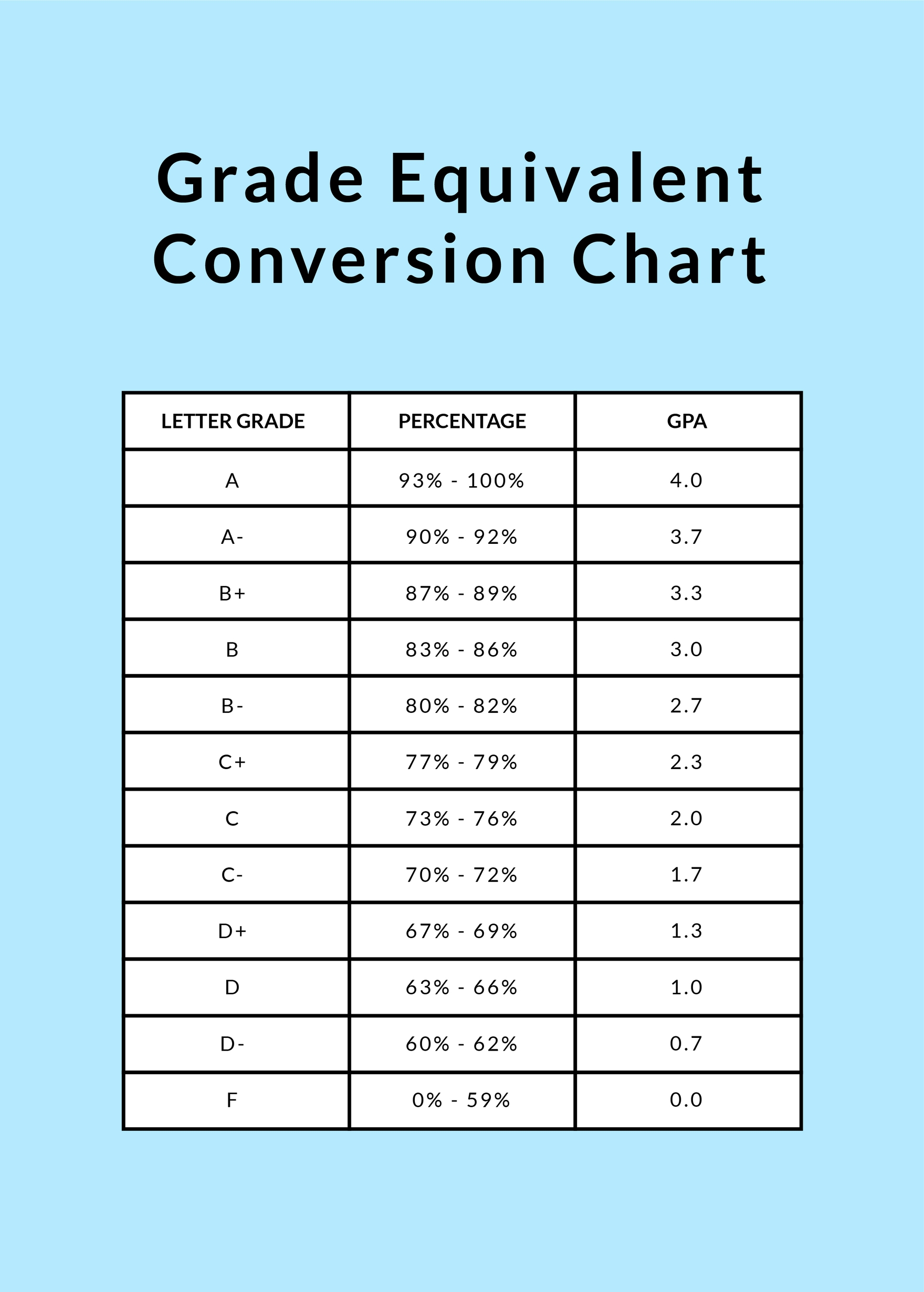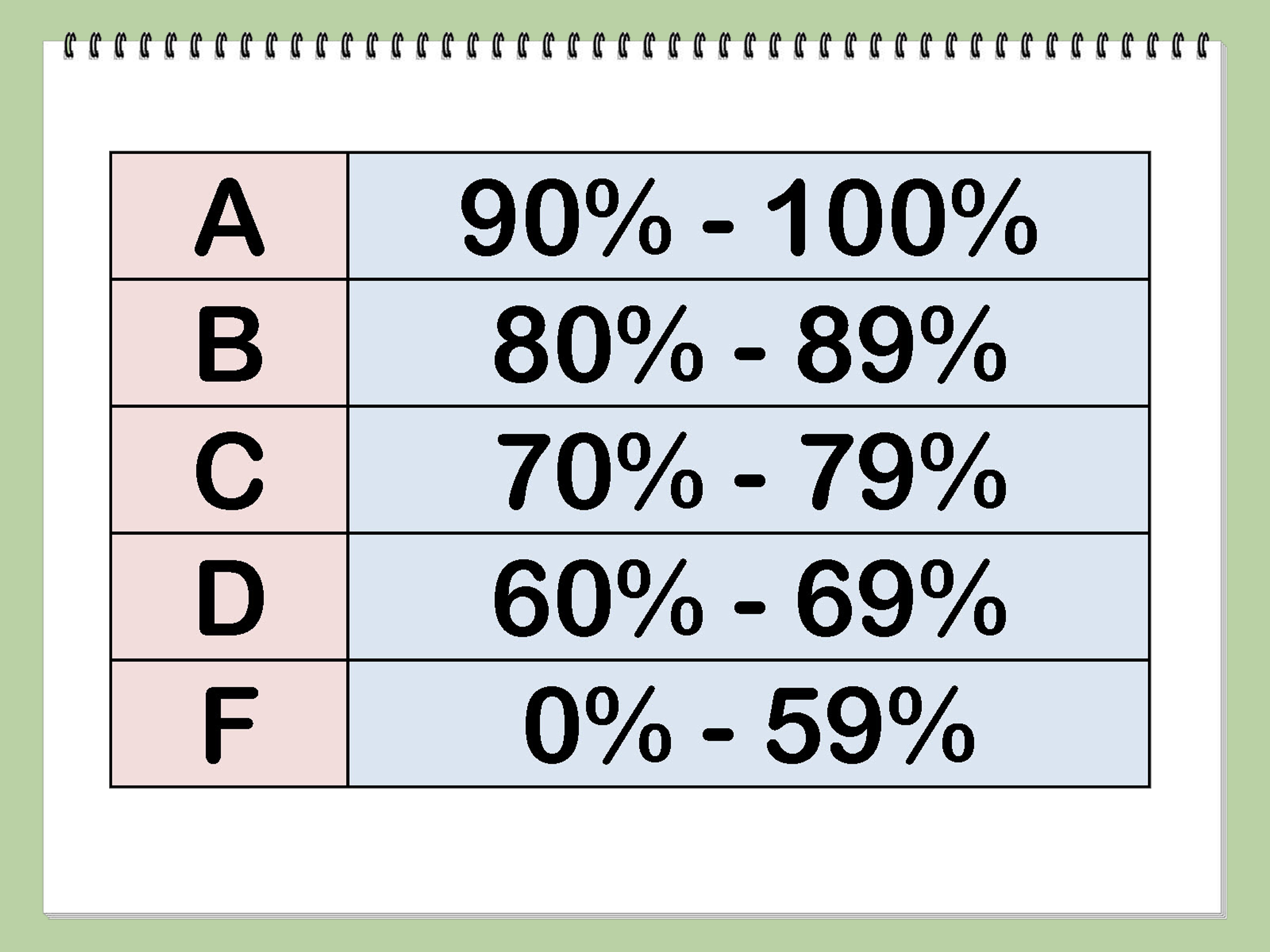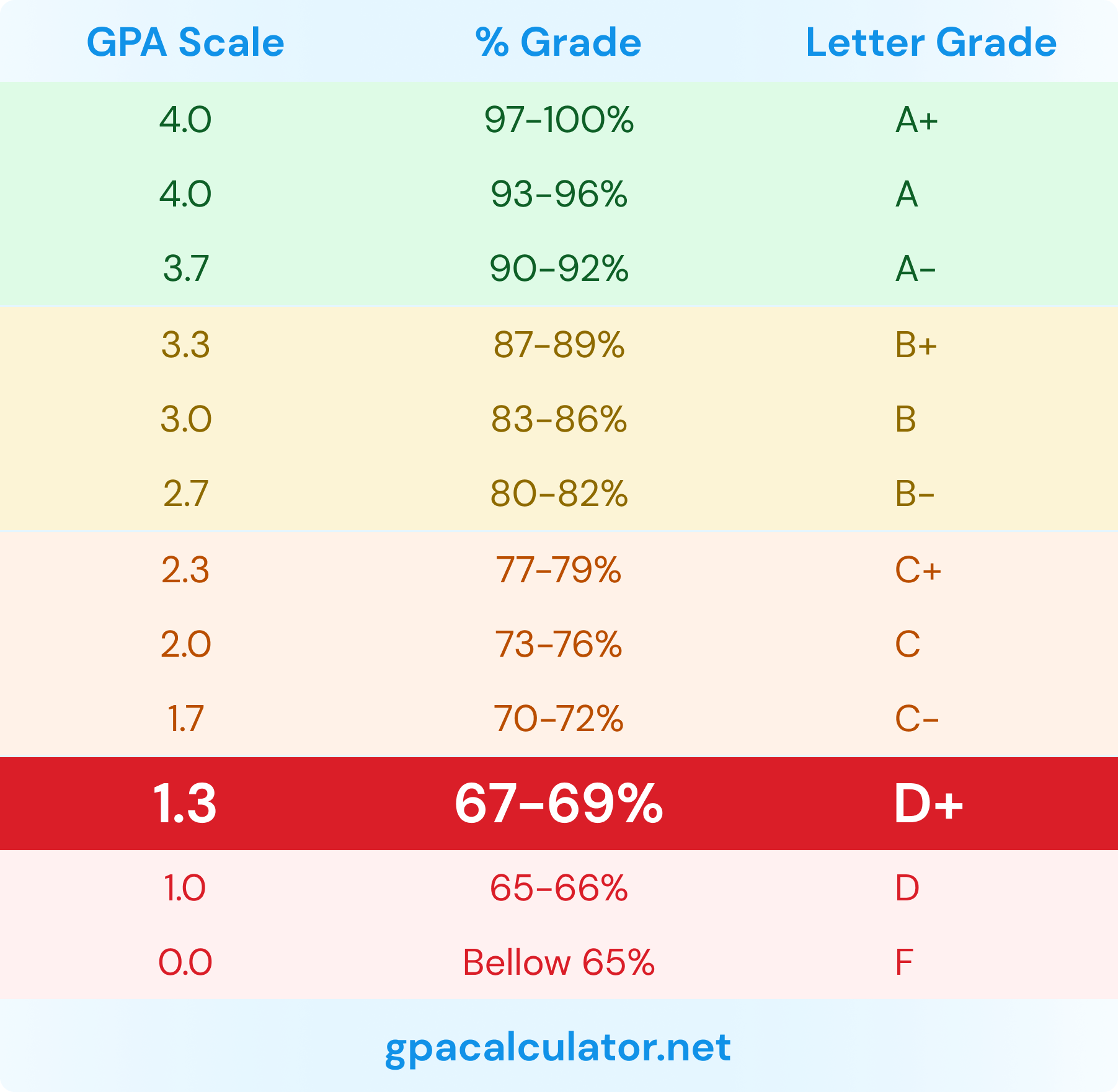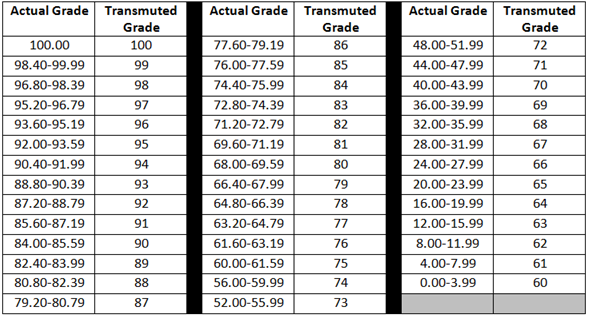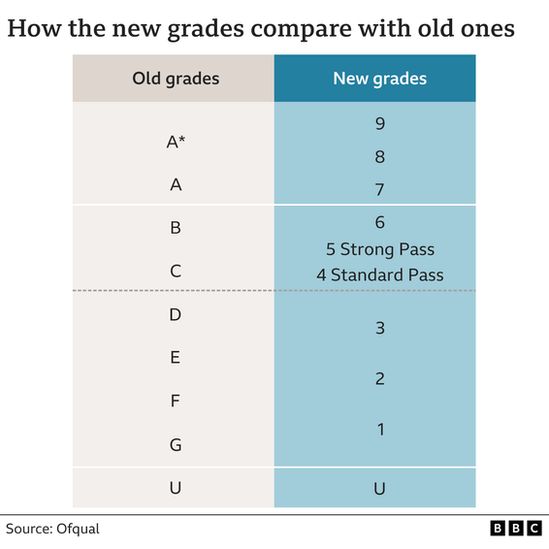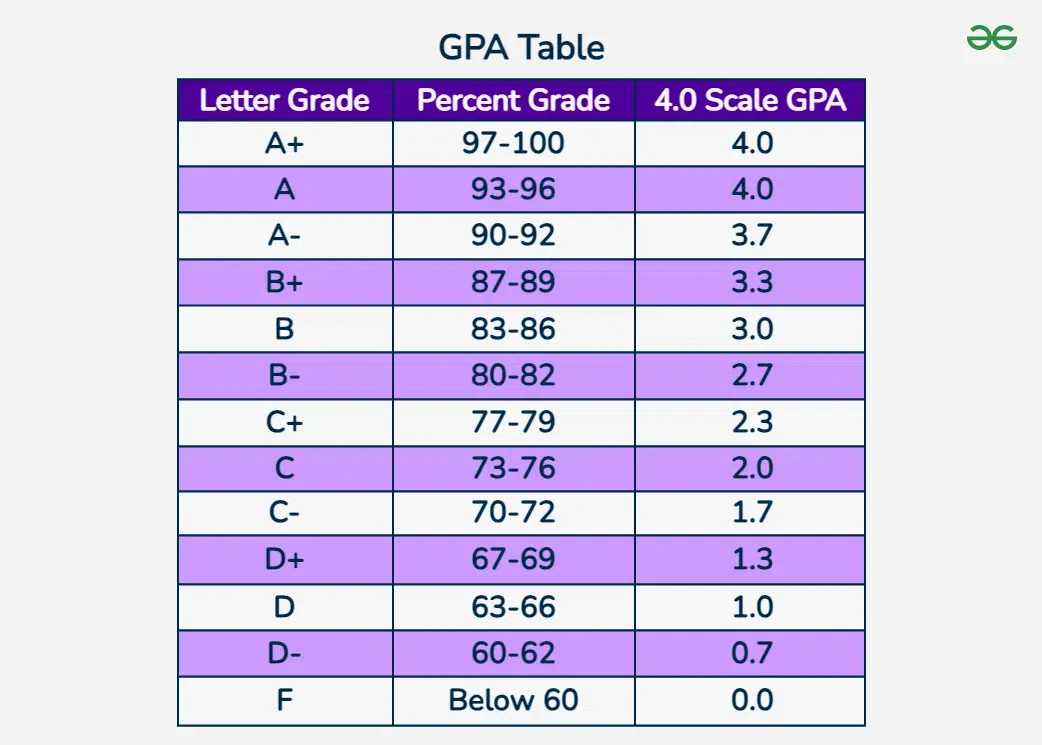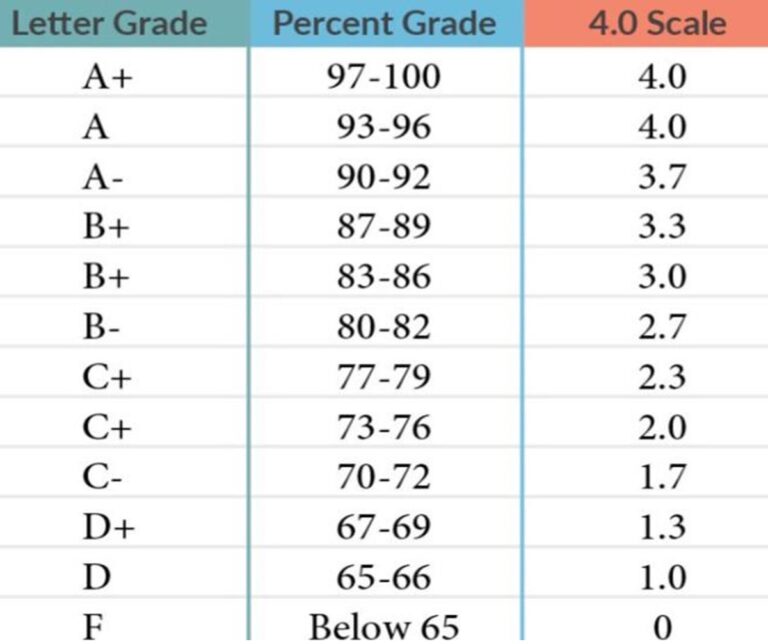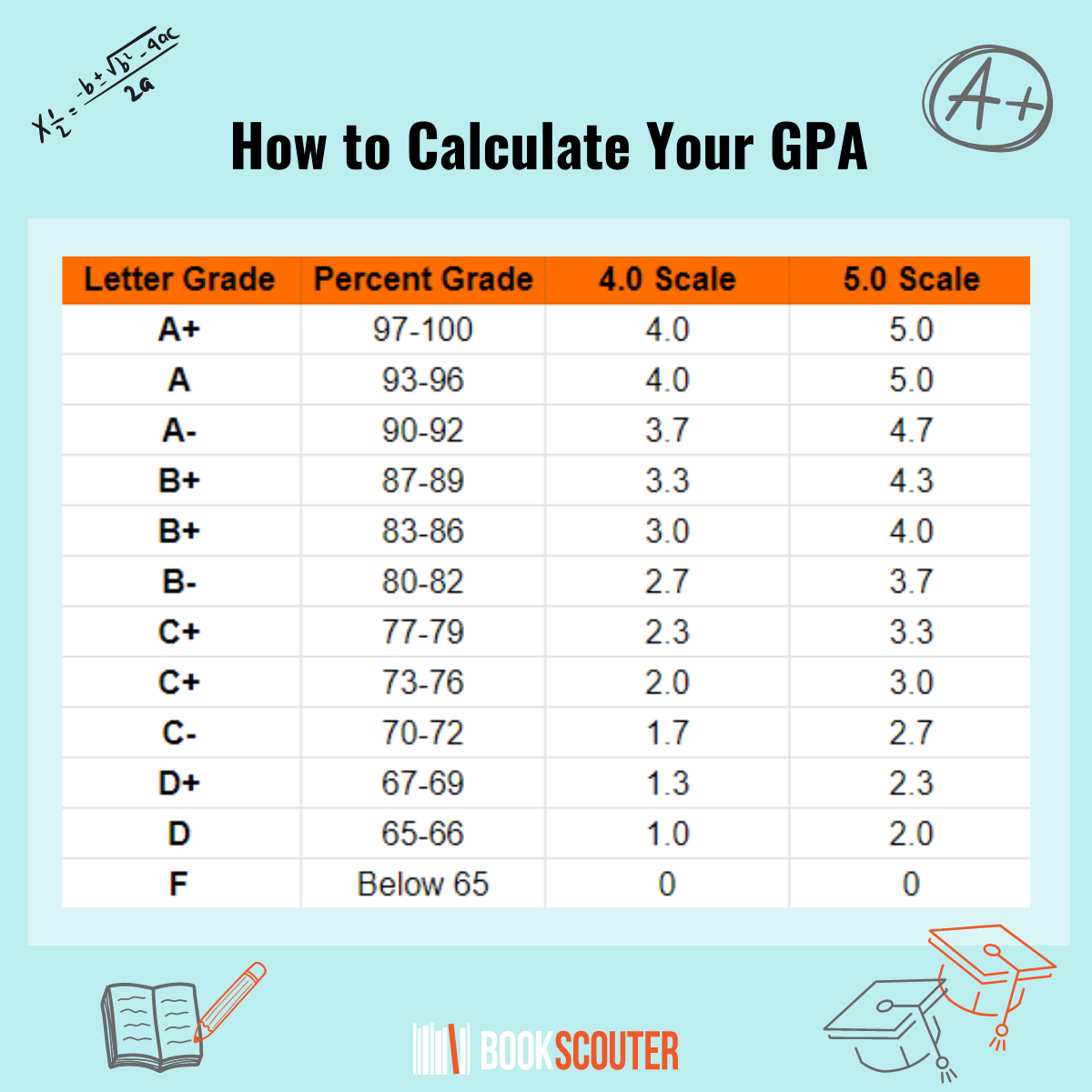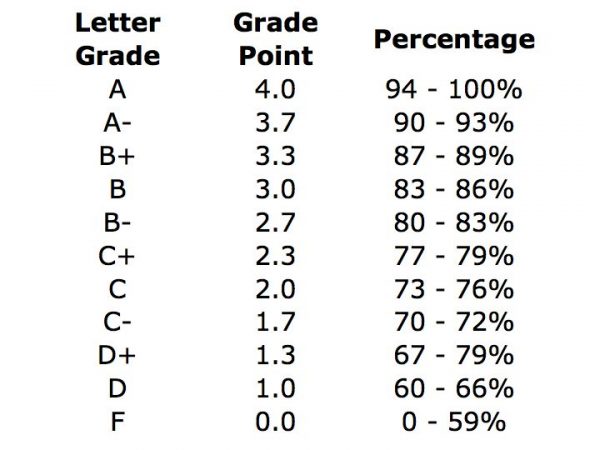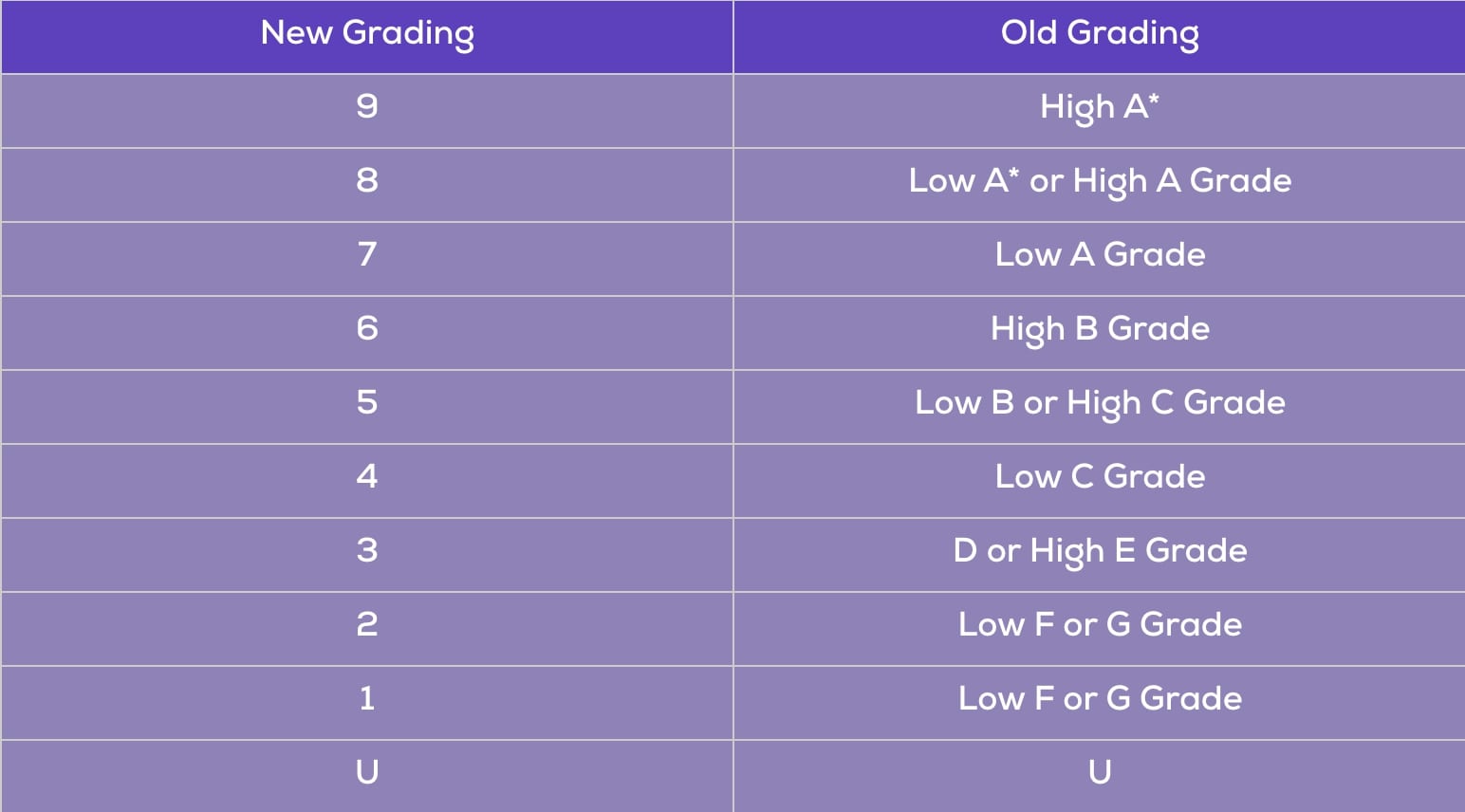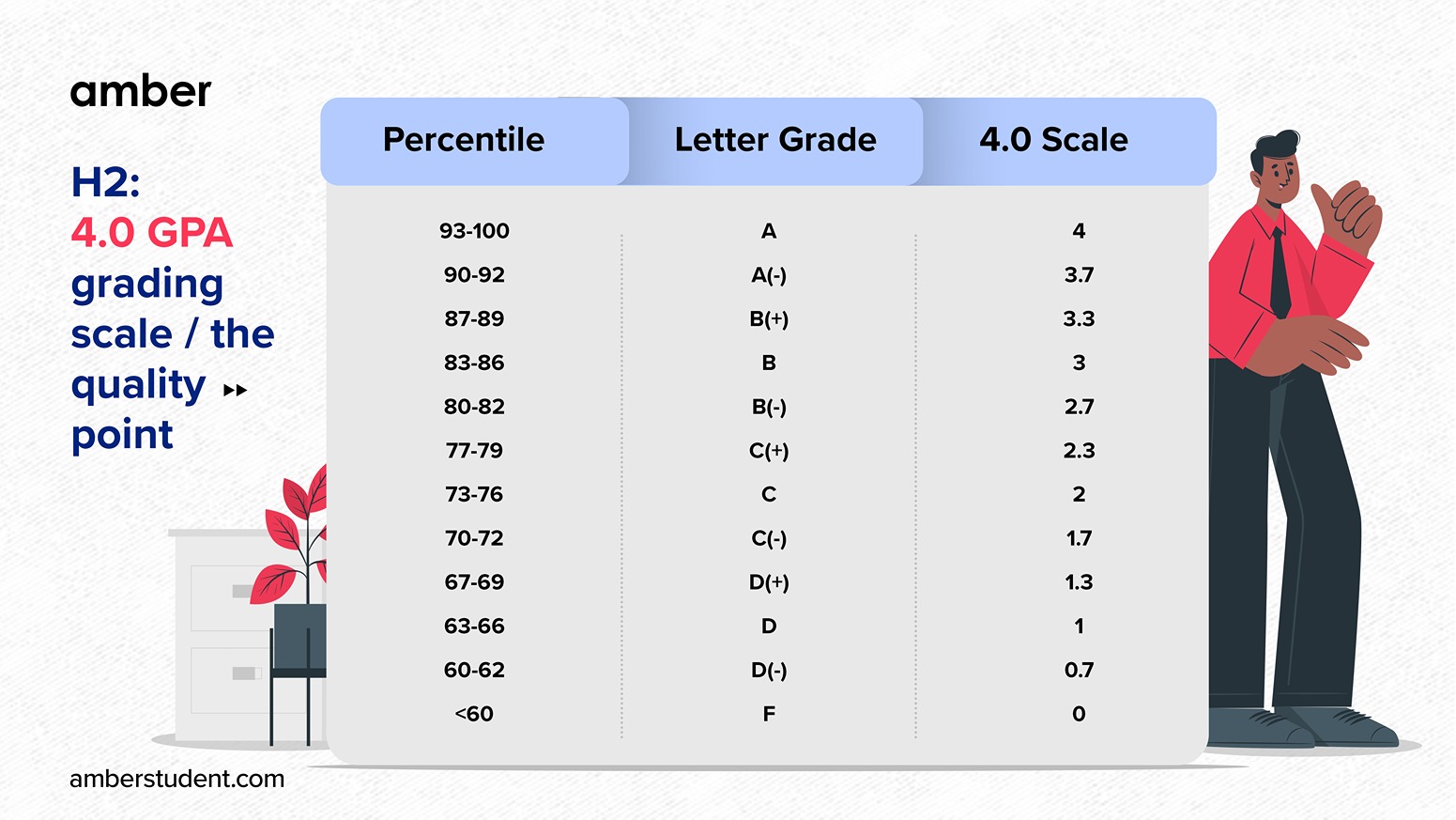What Is 23 Out Of 31 As A Grade

Alarm bells are ringing for students and educators nationwide as a seemingly simple question – "What is 23 out of 31 as a grade?" – sparks widespread confusion and debate. The immediate issue stems from inconsistencies in grading systems and calculation methods across different institutions.
This seemingly straightforward calculation has exposed a critical flaw in how academic performance is assessed, leading to student anxiety and questioning of grading fairness. The core issue revolves around translating raw scores into percentage grades and letter grades, a process that varies significantly.
The Core Calculation: A Closer Look
Mathematically, 23 out of 31 translates to approximately 74.19%. The problem arises when converting this percentage into a letter grade. This conversion is not universal.
A 74.19% could be a C, a C+, or even a B- depending on the specific grading scale used by the school, the teacher, or even the individual assignment. This variability is the crux of the problem.
Variations in Grading Scales
Many institutions use a standard 10-point grading scale: 90-100% is an A, 80-89% is a B, 70-79% is a C, and so on. However, some schools adopt more nuanced scales.
Some use pluses and minuses (e.g., A+, A, A-), while others might implement weighted grading systems where different assignments contribute differently to the final grade. According to data compiled by GreatSchools.org, grading policies are determined locally, contributing to the lack of uniformity.
The Impact on Students
The ambiguity surrounding grade conversion directly impacts students' academic standing and self-esteem. A student receiving a C when they believe they earned a B- based on their understanding of percentage-to-letter grade conversion can experience significant distress.
This confusion can also affect their motivation to learn and their overall academic trajectory. The National Education Association (NEA) has acknowledged concerns about grading equity and its impact on student well-being.
Expert Opinions and Recommendations
Educational experts are urging for greater transparency and consistency in grading practices. Dr. Emily Carter, a professor of education at Stanford University, stresses the importance of clearly communicating grading rubrics to students at the beginning of each course.
She suggests that institutions should consider adopting standardized grading scales to mitigate confusion and ensure fairer assessments. "The goal is to provide students with accurate and actionable feedback, not to create unnecessary anxiety," Dr. Carter stated.
Addressing the Issue: Immediate Steps
Students facing uncertainty about their grades should immediately contact their teachers or professors for clarification. Request a detailed explanation of the grading rubric and how their score translates into a letter grade.
Parents should actively engage with their children's schools to understand the specific grading policies in place. Open communication between students, parents, and educators is crucial.
Looking Ahead: Long-Term Solutions
The debate surrounding grading consistency is likely to continue, prompting further discussions at the institutional and national levels. Organizations like the National Center for Learning Disabilities (NCLD) advocate for more inclusive and transparent assessment methods.
Possible solutions include developing national guidelines for grading practices, providing teachers with more training on effective assessment strategies, and utilizing technology to create more transparent and user-friendly grading systems. Further research is needed to determine the most effective ways to address the challenges in evaluating student performance fairly.
The push for clarity and consistency in grading is ongoing. The immediate focus is on ensuring that students understand how their performance is being evaluated and that grading practices are as equitable as possible. This story is still developing.

